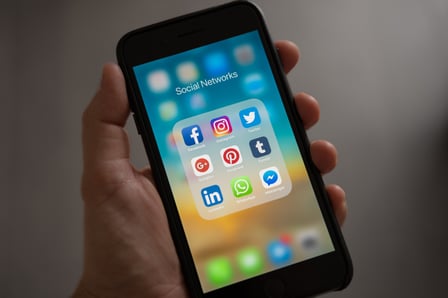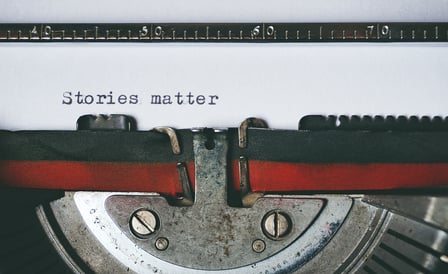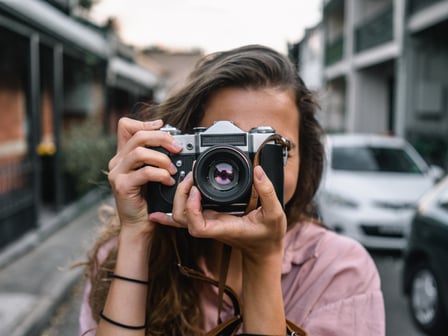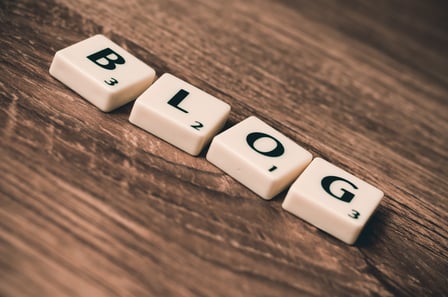European Youth Week 2021: Your Youth Week PR Kit
European Youth Week (EYW) is the flagship European gathering for young people and the youth sector in Europe. It takes place every second year and this is the tenth European Youth Week. This year European Youth Week runs from 24 to 30 May. It's open to all young people and youth organisations involved in Erasmus+ and European Solidarity Projects.
A very warm welcome to everyone taking part in European Youth Week 2021! After what has been a particularly challenging year, we’re delighted that you’ve taken the opportunity to get involved in the celebrations!
This year’s theme is Our Future in Our Hands, and it’s all about engaging, connecting and empowering young people across Ireland and Europe. It’s also a time to look at the opportunities on offer for young people in the new Erasmus+ and European Solidarity Corps programmes, and connect with some of the key priorities of the new programmes.
To help youth organisations around Ireland celebrate European Youth Week, we are offering a grant of €300 to host your own online event that connects with the themes including Active Participation in Society, Inclusion and Diversity, Climate Change, Environmental Protection and Sustainability, Health and Recovery – or, indeed, any other issue you feel is of particular relevance and importance!
This PR kit is to help you spread the word about all the work you've been doing, and the impact it's had for young people. If at any time you would like additional information, please don’t hesitate to get in touch with the team here at Léargas directly. Oh, and don’t forget to use #EUYouthWeek when contributing on social media. We can't wait to see your posts!
Best wishes and enjoy the celebrations; you've earned them!
The European Youth Week Team
Say it on Social Media
As you know, social media is a fantastic way to promote your European Youth Week activities and interact with other celebrants, so be sure to make the most of it! Don't forget to use #EUYouthWeek when sharing information about European Youth Week 2021 across your own social media channels.
We've no doubt you've plenty of creative social posts up your sleeve, but if you need a little inspiration on that front, just take a look at the sample social media posts below:
European Youth Week 2021 is almost here! Preparations are officially underway for our celebrations, which are kicking off on [day].#EUYouthWeek
Everyone here at [organisation] is looking forward to sharing their recent work on [project] with friends and family at our [event] on [date]. Here's to a great European Youth Week 2021! #EUYouthWeek
Find out what our very talented group of young people have been working on as part of European Youth Week 2021 celebrations in our new blog post on our website [link to blog post] #EUYouthWeek
Today we’re celebrating our activities and achievements in honour of European Youth Week 2021. [short blurb about activities and projects] #EUYouthWeek
Quote and accompanying headshot – “Through organisation/project, I learned / developed …” [young person/youth worker's name and details].#EUYouthWeek
Unsure about imagery? No problem! You can use European Youth Week promotional material to accompany your posts:
- Twitter: Download your Twitter banner.
- Instagram: Download your Instagram banner.
- Facebook banner: Download your Facebook banner.
- LinkedIn post: Download your LinkedIn banner.

Maximise the Media
Media relations can be a very cost effective way to get your stories and activities shared with the wider world. Wondering how to make that connection? No worries! All you need to do is make it as easy as possible for media to cover the story! Writing a concise, catchy press release and supplying interesting photographs always helps! Here are some tips and templates:
Press Releases
A press release is the best way to communicate the most important aspects of your activities to a range of relevant media. Use it to share your key messages and pique the interest of media to learn more. Never written a press release before? No problem. When writing a press release for the first time (and every time after that!), it is important to consider the three following questions:
- What is the news-worthy angle? Consider facts, figures, and new information!
- What is the human-interest angle? Consider the real-life story of one of your course participants!
- Am I being objective or subjective? The release should be written in a factual, objective manner. Any subjective material should be confined to quotes from spokesperson(s).
The components of a press release are:
- Headline: should communicate the essence of the story.
- Release date: include the date, month and year, with an embargo time (‘do not publish before’ time) if necessary.
- Lead paragraph: summarise the core issue; should only run for two to three sentences; and should be able to stand alone for use in a broadcast news report.
- Top three paragraphs should answer: Who? What? When? Why? Where? How?
- Body: should elaborate on lead paragraphs and include (usable) quotes, relevant facts and figures.
- Contact details: at the end, type the word ‘ENDS’ and include contact information after that - the name, number and email of the person the media can follow up with.
Written the text? Great! Now, it's time to format and issue it:
- Use 1.0 line spacing and a traditional font such as Arial or Calibri 11pt. Avoid using styles such as bold or italics.
- To issue a press release, copy and paste the text (including any notes to the editor) into the body of the email. Include the photo and photo caption for print and online media i.e. not for broadcast media. Send the original photo if possible so it’s the highest quality.
- Copy and paste the headline into the subject bar.
- If you are sending to a small number of radio stations or newspapers, you may wish to send the release separately to each one. If you are sending to more, copy and paste your list of recipients into the BCC line of your email.
- In local newspapers, photography can have a significant impact on whether your story is used. Digital photographs of people, particularly ones that show the activity, are always popular with local press.
- If possible, use a professional photographer. Alternatively, there may be a skilled amateur photographer within your organisation, or see our tips about photography below.
- Provide a short caption for your photographer with the names of the people shown.
- For local newspapers, images should generally be high resolution (300 dpi) and in JPEG format (.jpg, .jpeg)

Plan Your Photography
Strong images are a great way to connect with people, so be sure to factor them into your promotional plan! A photo can be seen and understood in an instant, so a good image will always reach more people than text can. And remember, photography can play a crucial role in whether your events and activities get covered by print and online media. The easiest way to get strong images from your project is to take them yourself. You don’t need fancy equipment; we all know a phone camera can capture incredible pictures!
But before you take that snap, remember:
- Get consent
This is the most important part of the photography process, so do not skip this part. You are obliged to let people know that you are taking their photo, and what it will be used for. You need parental/guardian consent when taking photos of people under 18. For further information download our Child Safeguarding Statement. - Get close
People respond strongly to faces and expressions – much more than landscapes and backgrounds! – so don’t be afraid to get into the midst of things! - Get the action
Create a sense of your project by showing young people and youth workers engaged in the activities, rather than always opting for a posed photo. Yes, it takes a little bit more effort, but it's worth it! - Get the quality
A photo that looks fine on your display screen can get very grainy when it’s enlarged, so set your camera to its highest possible quality level! - Get real
You may feel inclined to use filters on your photos and that's fine, but don’t over-edit! People respond to authenticity!

Sharing Your Story
Once European Youth Week 2021 has come to an end, it's very likely you'll want to share a blog on your organisation's website or write an article about your experience for your organisation's newsletter, right? Here are some general guidelines to writing blog posts that we created for our own blog on this site!
Remember to credit Erasmus+ and if you credit Léargas too, your colleagues and community will know to contact us for more information!
Logos, Logos, Logos
Download the European Union logo here.
Download the Léargas logo here.
If you are unsure about how to use logos or need them in other formats, please contact our Communications team.
If you’re interested in more tips on how to share the work you’re doing, check out Practical Dissemination: Share What You’ve Learned and Practical Dissemination: Connect with Your Audience, two blog posts written by our Communications Manager, Charis Hughes.
Enjoy European Youth Week 2021, everyone!
Images courtesy of Pexels.
